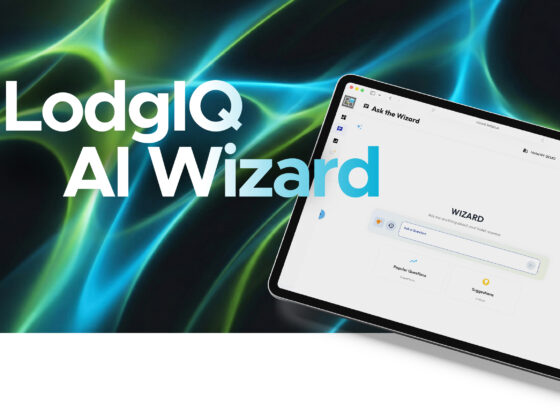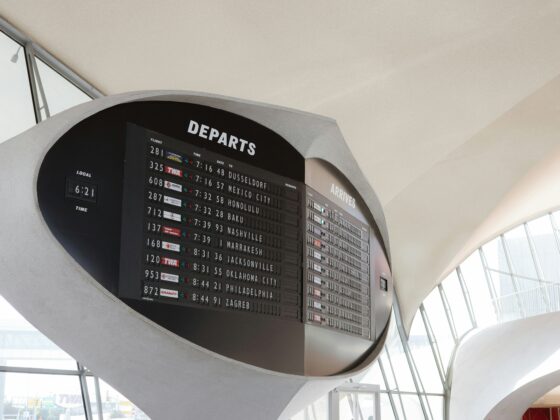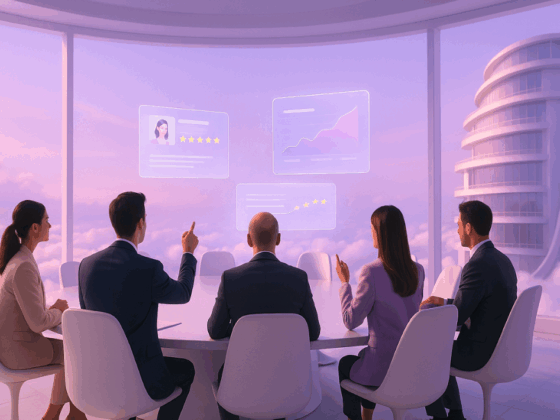Toward the end of every year, hotel companies review their technology purchases to make sure they are equipped to reap the biggest rewards in the future. Owner-operators, executives, technology teams, and buyers are tasked with making the best decisions regarding potential changes to their technology infrastructure. With so many stakeholders involved, it can be difficult to structure the task of making solid technology purchase decisions.
However, having a clear framework to help you navigate the decision-making process can help ensure that technology purchase decisions are most likely to deliver the value hoteliers expect.
The following considerations outline items that should be taken into account when planning. These key drivers of technology value contribution should be utilized to help ensure the most educated decisions when investing for the future. The goal should be to answer questions about how existing and new technologies fit into a hotel’s existing infrastructure, which can be daunting. These questions are often met with concerns about disruptions to operations, compatibility issues, and insecurity regarding value contribution.

#1 Seamless Integration: The Key to Maximizing Existing Resources
TrustYou’s Customer Experience Platform (CXP) is designed to integrate seamlessly with your existing systems and workflows. By consolidating feedback from various sources, including public reviews and private surveys, into a single platform, CXP enables comprehensive analysis without disrupting your operations. This all-in-one feedback management system ensures a smooth transition, minimizing operational disruptions and maximizing the value of your current technology investments.

Mews x Trust You Integration | The Hospitality App Store
Finding technologies that can be easily integrated into your existing technology stack and have a history of successful integrations reduces the risk of getting stuck in complex, slow, and painful technical integration projects. Integration costs should be included in your annual budget and amortized over the period you plan to use them. Low yearly fee technologies with high implementation costs need a much stronger performance impact to overcome the initial development costs.
#2 Cutting-Edge Solutions for a Competitive Edge
Embracing cutting-edge technologies like artificial intelligence (AI) and machine learning (ML) is crucial for hotels to gain a competitive edge. These innovations offer numerous benefits, from enhancing operational efficiency to reducing costs and delivering personalized guest experiences. TrustYou’s responseAI harnesses the power of AI to streamline processes and automate responses to guest feedback, potentially reducing response efforts by up to 80%.
By leveraging AI and ML, hotels can optimize dynamic pricing, interpret customer feedback, and provide round-the-clock assistance to guests, addressing their queries and handling reservations. Investing in these cutting-edge solutions can lead to significant operational cost savings and an impressive return on investment (ROI), ultimately enhancing the guest experience and driving revenue growth.
However, it is essential to look for providers who have been able to keep pace with technological changes. Having relationships with providers with a strong track record of staying relevant and continually refreshing their technology ensures that the solutions purchased have a longer shelf life before they become obsolete. This is one key advantage of using cloud-based solutions, which can be continually updated without the need to keep on-premise solutions up to date.
#3 Invest in What Works: Learning from Existing Client Success
While cutting-edge technology can speed up hotel innovation and performance, there is also a steep learning curve, and the expertise to fully leverage these technologies may not exist. Looking at similar success cases and understanding how other companies have implemented and used technology can speed up the time to benefit.
Many hotels have seen significant improvements by leveraging TrustYou’s solutions. For instance, B&B Hotels have used guest feedback as the core driver of their brand development, leading to enhanced operations and guest satisfaction. As Frank Seedorf, the Chief Digital Officer at B&B Hotels, states, “Customer feedback is the core of developing the brand further. While working with the data, we manage to drive decisions differently. Customer feedback is the engine of the activation of innovations.” [1]
By investing in proven solutions, hotels can streamline their processes, gain valuable insights, and make data-driven decisions that positively impact guest experience, guest retention, and operational efficiency while delivering cost savings and increased revenue.
#4 Flexibility and Scalability: Preparing for Growth
The intention of purchasing technology is to provide scalable means to drive and support growth. Some technologies, while very scalable, may not be very flexible, and the reverse may also be true. It is crucial to foresee how your technology purchases will be used in the future and to identify how the scalability and flexibility of the service you purchase play into these scenarios.
For example, personalization has become a key differentiator in the hospitality industry, with guests expecting tailored experiences that cater to their unique preferences. However, to generate real financial benefit from personalization, the underlying technology needs to be scalable enough to handle the data volume required for personalization while simultaneously being flexible enough to handle numerous use cases.
While TrustYou’s CXP and CDP platforms enable hotels to deliver personalized services at every touchpoint by integrating significant amounts of data from various sources, including direct bookings, third-party platforms, loyalty programs, and guest feedback, both products have been shown to deliver in terms of scalability and flexibility. Our customers range from leading multi-brand international chains to small independent hoteliers, and our products have been shown to provide the scale and flexibility needed across these very different use cases.
#5 Test and Learn: Adaptability as a Key Competency
Technology is not a silver bullet that will solve all problems. This is especially true when launching new tools for a diverse set of users with varying degrees of comfort handling change. It takes time, consistency, proper planning, and organizational adaptability to improve the speed to success.
Before purchasing any tool, it is critical to get future user feedback to understand how they view the service. Understanding how your organization is equipped to handle changes is also essential. Developing a rollout strategy ahead of significant changes helps to support employees’ ability to test, learn, and adapt to new systems in a controlled manner. Fortunately, organizational adaptability as a core competency not only improves the success rate of new technology implementations it also helps fuel positive development in other areas of the business.








